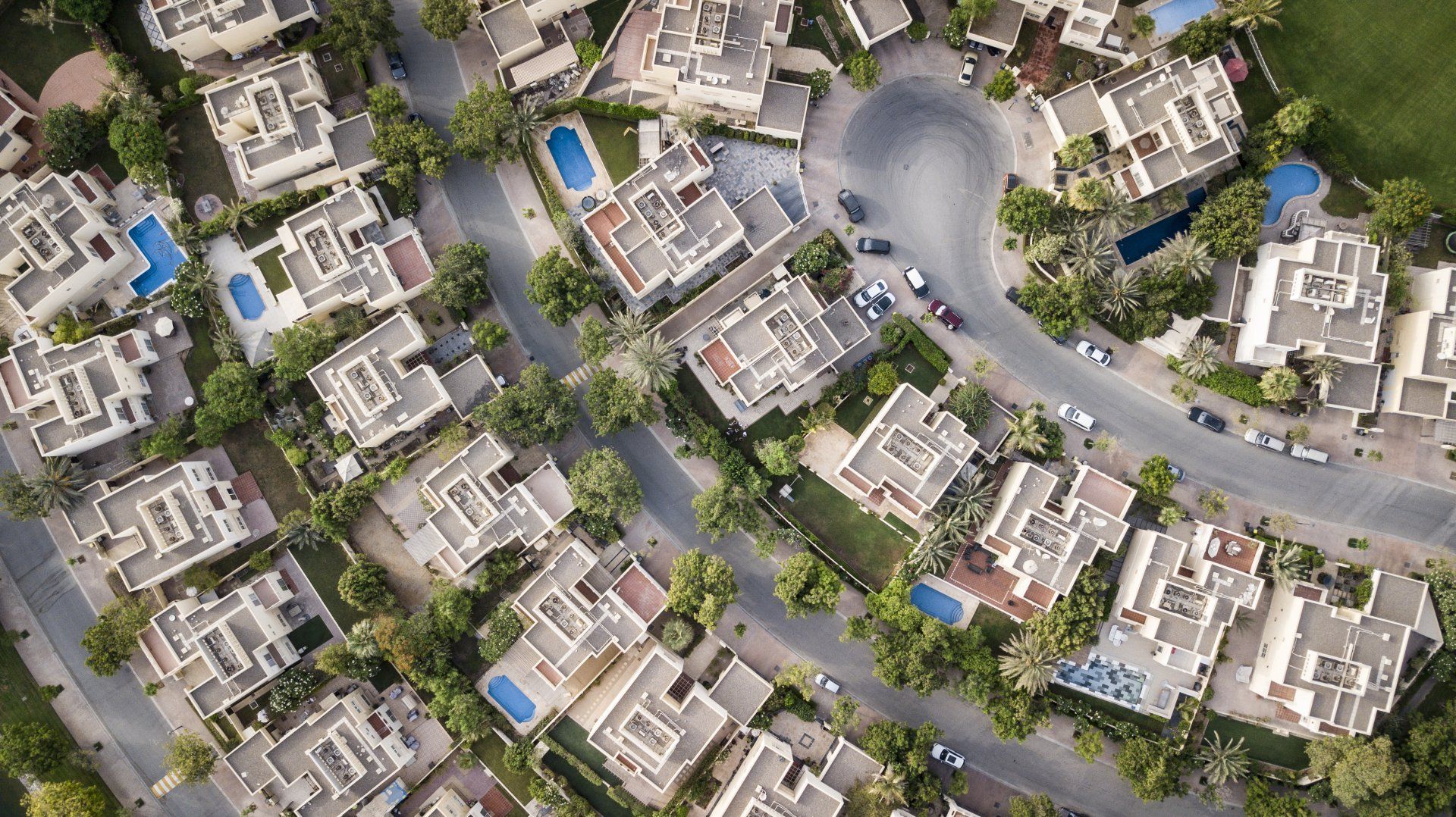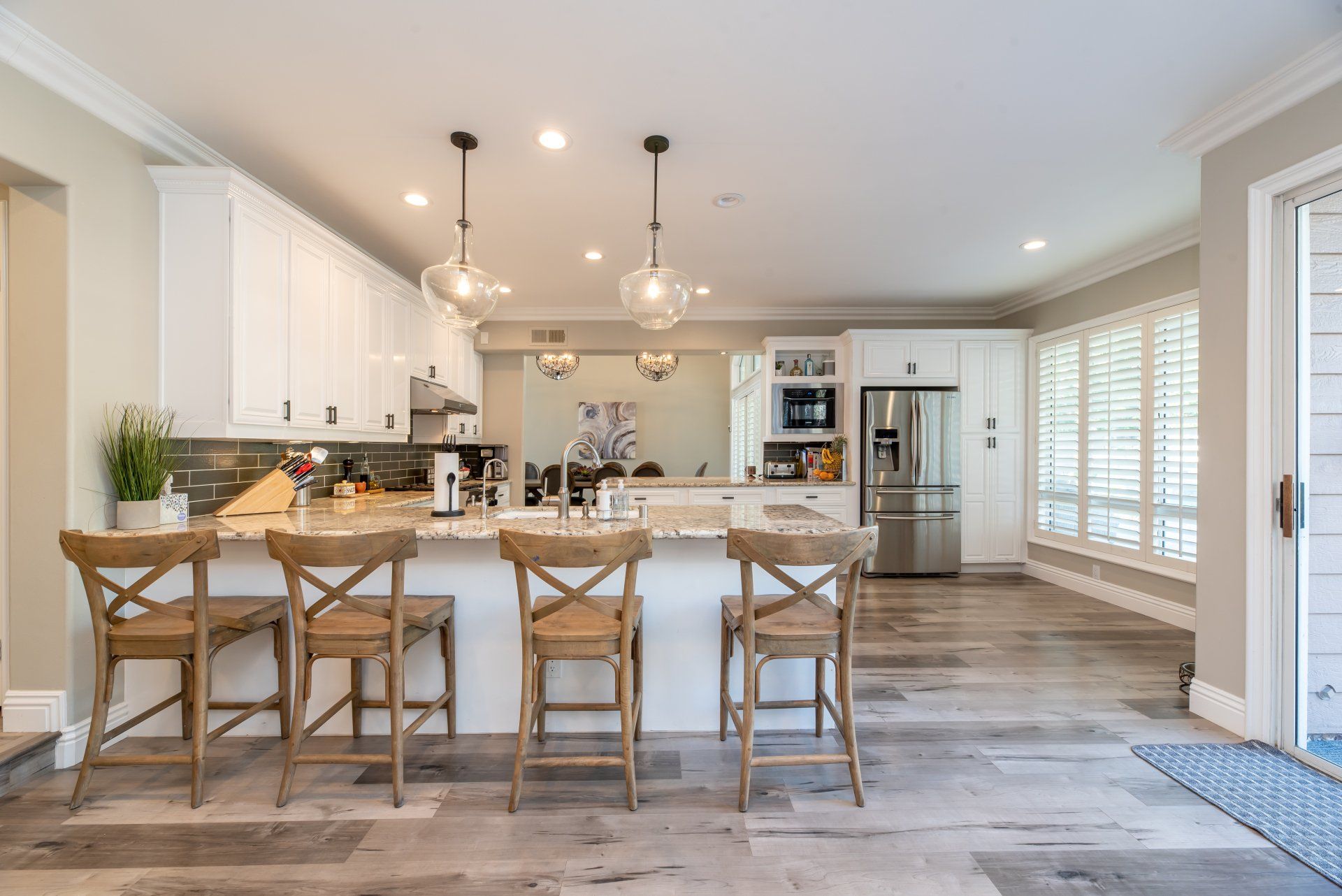The differences between High-Quality and Low-Quality SDA Properties
By SDA ADVISORY SERVICES Feb 28, 2024 NDIS Info
In SDA property, tenants have all the power. Given the free range to choose for themselves whatever house they prefer, your SDA properties need to be High-Quality to stand out amongst the crowd.
Here's some common complaints from tenants
Poor Design and Safety Features
Low-quality SDA properties may lack essential safety features and compromise on design standards, leading to concerns about the safety and comfort of occupants.
Lack of Amenities
Tenants in low-quality SDA properties may experience a lack of amenities or compromised safety, which can result in greater vacancy risks and dissatisfaction with the living conditions.
Inadequate Support Services
Residents of low-quality SDA properties may receive substandard support services, impacting their overall quality of life and wellbeing. Inadequate support can lead to dissatisfaction among tenants.
Location Issues
Low-quality SDA properties may be situated in less accessible locations, lacking proximity to essential community services. This can affect residents' integration with the community and overall satisfaction with the property.
Participants Wellbeing Concerns
Participants in low-quality SDA properties may not have their wellbeing prioritized, leading to dissatisfaction with the living environment and potentially affecting their quality of life.

How to identify low-quality SDA
By considering these indicators and factors, you can identify potential low-quality SDA properties and make informed decisions to avoid investing in properties that may not meet the necessary standards or provide suitable accommodation for individuals with disabilities

Property Vacancy
Low-quality SDA properties may have higher vacancy rates, indicating potential issues with tenant retention or demand for the property Certainty on Pricing and Government.
Regulation
Investors should assess the certainty of pricing and compliance with government regulations in SDA properties. Uncertainty in these areas can be a red flag for potential quality issues.
Quality of Housing and Support Provided
The quality of housing and the support provided within the dwellings are crucial indicators of property quality. Investors should evaluate the standard of accommodation and the level of support offered to residents to determine if it meets the necessary standards.
Rigorous Due Diligence
Conducting rigorous due diligence on counterparties, vacancy risk management, and the operating model can help identify potential low-quality SDA properties. Investors should thoroughly assess these aspects before making investment decisions.
Understanding Local Demand
Understanding the local demand for different types of SDA properties is essential. Investors should assess whether there is sufficient demand for the property in a specific location to avoid potential issues related to low occupancy rates.
Financial Preparedness
Investors should ensure they have the financial capacity to cover mortgage and maintenance costs during tenant vacancy periods, which can last several months. Being financially prepared for valuation shortfalls and income gaps is crucial for successful SDA property investment
Differences between High-Quality and Low-Quality SDA Properties

Safety and Design Features:
High-Quality: High-quality SDA properties have safety and design features that go above the SDA Design Standard, ensuring the safety and wellbeing of occupants. They may include fire suppression and detection systems, plumbing configurations for height-adjustable bathroom cabinets, discreet staff areas, and National Construction Council approved fire safety system
Low-Quality: Low-quality SDA properties may compromise safety for occupants by lacking essential safety features or amenities. They may not meet the necessary design standards, leading to greater vacancy risks and potentially compromising the safety and comfort of residents
Dignity of Risk:
High-Quality: High-quality SDA properties respect the dignity of risk, allowing individuals to make their own choices independently and take risks to learn and grow, regardless of their disability. This factor is closely linked to wellbeing and independence
Low-Quality: Low-quality SDA properties may not prioritize the dignity of risk, potentially limiting residents' independence and autonomy in decision-making
Location:
High-Quality: High-quality SDA properties are located near community facilities to facilitate easy interaction with the community for work, living, and entertainment-related activities. Proximity to community amenities is vital for participant wellbeing
Low-Quality: Low-quality SDA properties may be situated in less accessible locations, lacking proximity to essential community services, which can impact residents' quality of life and integration with the community
Collaboration with Support Providers:
High-Quality: Effective collaboration with Supported Independent Living (SIL) providers ensures a high standard of care and support for residents in high-quality SDA properties
Low-Quality: In low-quality SDA properties, there may be inadequate collaboration with support providers, leading to substandard care and support services for residents.
Making sure your SDA Property is High-Quality and up to standards is essential for anyone looking to get started in the SDA Sector. In an industry where the tenant has a free range of multiple choices; it is quite obvious they will pick the higher-quality house, it's a no-brainer to check over all these qualities to ensure your house will be picked over the others.

